Shopify vs WooCommerce vs Magento: Choosing the Right E-commerce Platform in 2025
20 Sep 25 

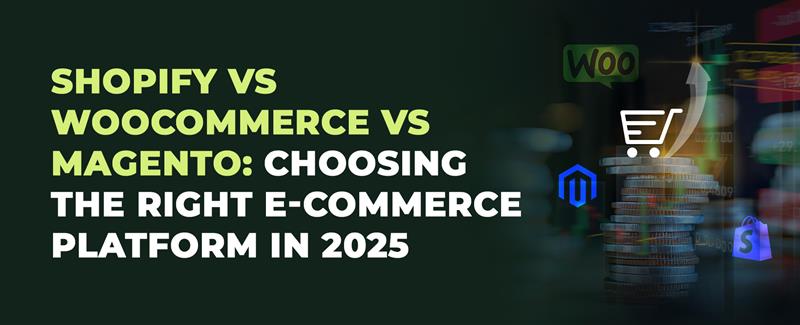
Choosing the wrong e-commerce platform can cost your business thousands of dollars and months of lost sales. With over 4.28 billion people shopping online worldwide, getting this decision right has never been more critical.
Three platforms dominate the e-commerce landscape: Shopify, WooCommerce, and Magento. Each serves different business needs, budgets, and technical capabilities. Making the wrong choice could mean struggling with limitations, overpaying for features you don’t need, or facing expensive migrations down the road.
This guide breaks down everything you need to know about each platform to make the right decision for your business in 2025.
What is Shopify?
Shopify is a cloud-based e-commerce platform that handles everything from hosting to payment processing. Think of it as an all-in-one solution where you can build, customize, and run your online store without worrying about technical details.
How Shopify Works
You sign up, choose a template, customize your store’s appearance, add products, and start selling. Shopify handles the backend infrastructure, security, updates, and maintenance. Your store is accessible through a web browser, and you manage everything through Shopify’s admin dashboard.
Key Characteristics
Shopify operates on a software-as-a-service (SaaS) model, meaning you pay a monthly fee and Shopify takes care of the technical aspects. It’s designed for businesses that want to focus on selling rather than managing servers and code.
The platform includes built-in payment processing through Shopify Payments, though you can integrate other payment providers. It offers thousands of apps through the Shopify App Store to extend functionality.
Who Uses Shopify
Small to medium-sized businesses, dropshippers, entrepreneurs launching their first online store, and companies that want a reliable, hassle-free e-commerce solution. Major brands like Gymshark, Allbirds, and Kylie Cosmetics also use Shopify for its scalability and ease of use.
What is WooCommerce?
WooCommerce is a free plugin that transforms WordPress websites into fully functional online stores. It’s not a standalone platform but rather an extension that adds e-commerce capabilities to the world’s most popular content management system.
How WooCommerce Works
You need a WordPress website first, then install the WooCommerce plugin. From there, you can add products, set up payment methods, configure shipping, and customize your store’s design using WordPress themes and plugins.
Key Characteristics
WooCommerce is open-source and free to download, but you’ll need web hosting, a domain name, and potentially premium themes or plugins. It offers unlimited customization possibilities since you have full control over the code and can modify anything.
The platform integrates seamlessly with WordPress, making it powerful for businesses that also need content marketing, blogging, or complex website structures beyond just selling products.
Who Uses WooCommerce
Small businesses with WordPress experience, content-heavy businesses that blog regularly, companies needing extensive customization, and budget-conscious entrepreneurs who don’t mind handling technical aspects themselves. It powers about 28% of all online stores globally.
What is Magento?
Magento is an open-source e-commerce platform designed for businesses that need advanced features and extensive customization. It comes in two versions: Magento Open Source (free) and Adobe Commerce (paid enterprise solution).
How Magento Works
You download and install Magento on your own web hosting, configure the platform according to your needs, customize the design and functionality, and manage everything through the admin panel. It requires more technical knowledge than other platforms.
Key Characteristics
Magento is built for complex e-commerce operations. It handles multiple stores, languages, currencies, and advanced inventory management out of the box. The platform is highly customizable but requires significant development expertise.
It’s particularly strong in B2B commerce, supporting features like custom pricing for different customer groups, complex product catalogs, and advanced reporting capabilities.
Who Uses Magento
Large enterprises, B2B companies, businesses with complex product catalogs, multi-store operations, and companies with dedicated development teams. Major brands like Nike, Ford, and Coca-Cola use Magento for their e-commerce operations.
Head-to-Head Comparison: The Complete Breakdown
| Feature | Shopify | WooCommerce | Magento |
| Ease of Use | Very Easy – Setup in hours | Moderate – Requires WordPress knowledge | Difficult – Needs technical expertise |
| Monthly Cost | $29-$299/month + transaction fees | $0 (plugin) + hosting/themes | Free (Open Source) |
| Total Cost | Predictable monthly fees | $100-$1000/month (hosting, plugins, themes) | $5,000-$50,000+ initial setup |
| Customization | Limited but covers most needs | High – Full code access | Unlimited – Complete flexibility |
| Performance | Excellent – Optimized hosting | Depends on hosting quality | Can be excellent with proper setup |
| Security | Automatic – Fully managed | Manual – You handle everything | Manual – Requires expertise |
| Scalability | Automatic scaling | Depends on hosting plan | Built for enterprise scale |
| Apps/Extensions | 8,000+ apps, easy integration | 60,000+ plugins, quality varies | Fewer options, custom development |
| Mobile Experience | Excellent by default | Varies by theme | Requires development work |
| Support | 24/7 official support | Community + third-party | Community forums only |
| Best For | Small to medium businesses | WordPress users, budget-conscious | Large enterprises, complex needs |
| Technical Skills Required | None | Basic WordPress knowledge | Advanced development skills |
| Time to Launch | Days | Weeks | Months |
| Hosting | Included | Self-managed | Self-managed |
| Updates | Automatic | Manual | Manual |
The Verdict: Which Platform Wins in 2025?
After analyzing all factors, Shopify emerges as the best choice for most businesses in 2025. Here’s why:
Reliability and Peace of Mind: Shopify handles technical complexities, allowing you to focus on growing your business rather than managing servers or security updates.
Cost Predictability: Monthly fees are transparent, and you avoid unexpected technical costs that plague other platforms.
Speed to Market: You can launch faster with Shopify, which matters in competitive markets where timing is crucial.
Built-in Best Practices: Shopify stores follow e-commerce best practices by default, leading to better conversion rates and user experience.
Future-Proof Technology: Regular updates and improvements happen automatically, keeping your store current with the latest e-commerce trends.
However, the “best” platform depends on your specific situation:
Choose Shopify if you want ease of use, reliability, predictable costs, fast launch times, excellent support, and automatic updates.
Choose WooCommerce if you need extensive customization, already have WordPress expertise, operate on a tight budget, require specific WordPress integrations, or run a content-heavy business.
Choose Magento if you’re a large enterprise, have complex B2B requirements, need extensive customization, have dedicated development resources, or operate multiple stores with complex relationships.
Also read Best eCommerce platform for small business in India
Why Shopify Stands Out in 2025
The e-commerce landscape has matured, and businesses increasingly value reliability over complexity. Shopify’s approach of providing a robust, user-friendly platform with excellent performance aligns perfectly with what most businesses need.
Time to Value: With Shopify, you start selling quickly instead of spending months on development and configuration.
Lower Total Cost of Ownership: While monthly fees seem higher, the total cost including hosting, security, maintenance, and development is often lower than other platforms.
Proven Success: Shopify powers over 1.75 million businesses worldwide, including major brands, proving its capability at any scale.
Continuous Innovation: Regular feature updates, new integrations, and platform improvements happen without disrupting your business.
Getting Started with Your Shopify Store
Ready to build your e-commerce success story with Shopify? The platform provides an excellent foundation, but maximizing its potential requires expertise in design, development, and e-commerce strategy.
Mindster specializes in Shopify development and can help you create a store that not only looks great but converts visitors into customers. Their team understands Shopify’s capabilities deeply and can implement advanced features, custom integrations, and optimization strategies that drive real business results.
Whether you’re launching your first online store or migrating from another platform, having experienced Shopify developers ensures you get the most from your investment and avoid common pitfalls that can hurt your business.
The right e-commerce platform combined with expert development creates the foundation for online success. In 2025’s competitive landscape, that combination gives you the best chance to not just survive but thrive.
- Agentic AI1
- Android Development3
- Artificial Intelligence31
- Classified App3
- Custom App Development5
- Digital Transformation12
- Doctor Appointment Booking App14
- Dropshipping1
- Ecommerce Apps40
- Education Apps2
- Fintech-Apps37
- Fitness App4
- Flutter4
- Flutter Apps20
- Food Delivery App5
- Grocery App Development1
- Grocery Apps3
- Health Care10
- IoT2
- Loyalty Programs9
- Matrimony Apps1
- Microsoft1
- Mobile App Maintenance2
- Mobile Apps126
- Product Engineering6
- Progressive Web Apps1
- React Native Apps2
- Saas Application2
- Shopify9
- Software Development3
- Taxi Booking Apps7
- Truck Booking App5
- UI UX Design8
- Uncategorized6
- Web App Development1









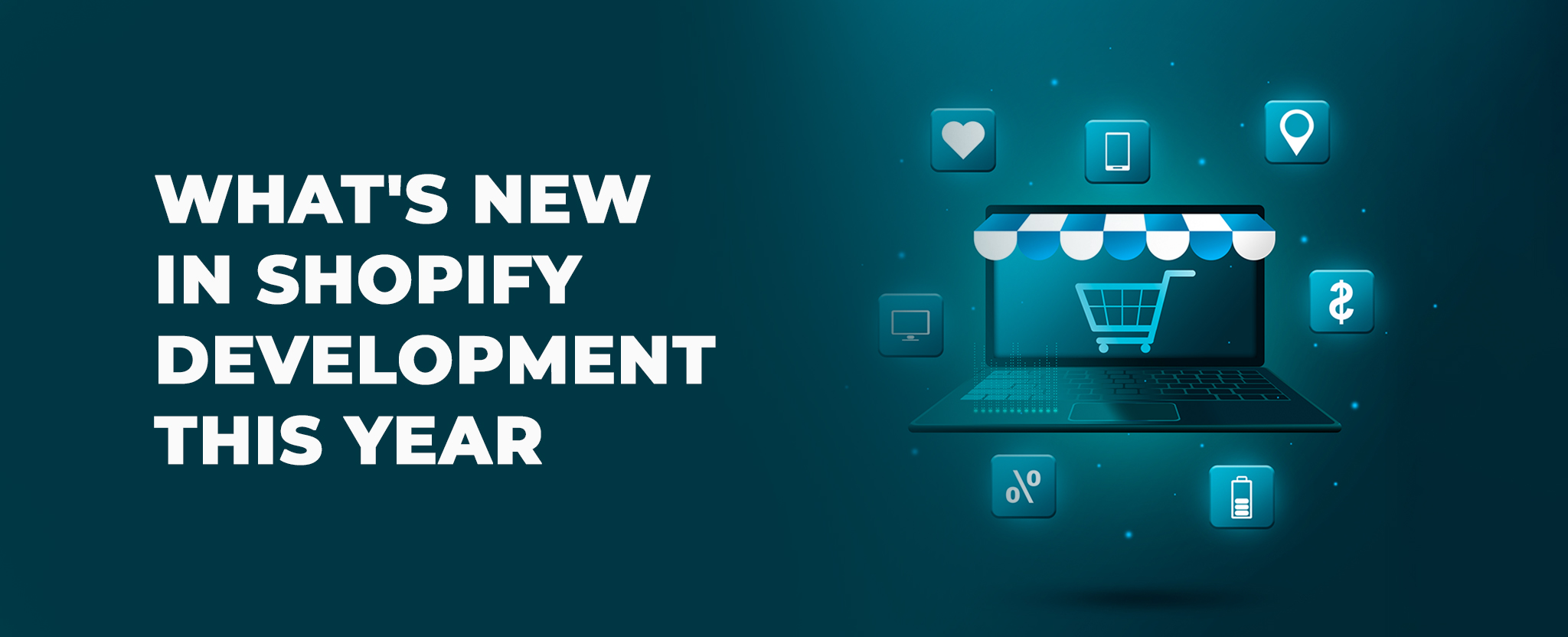
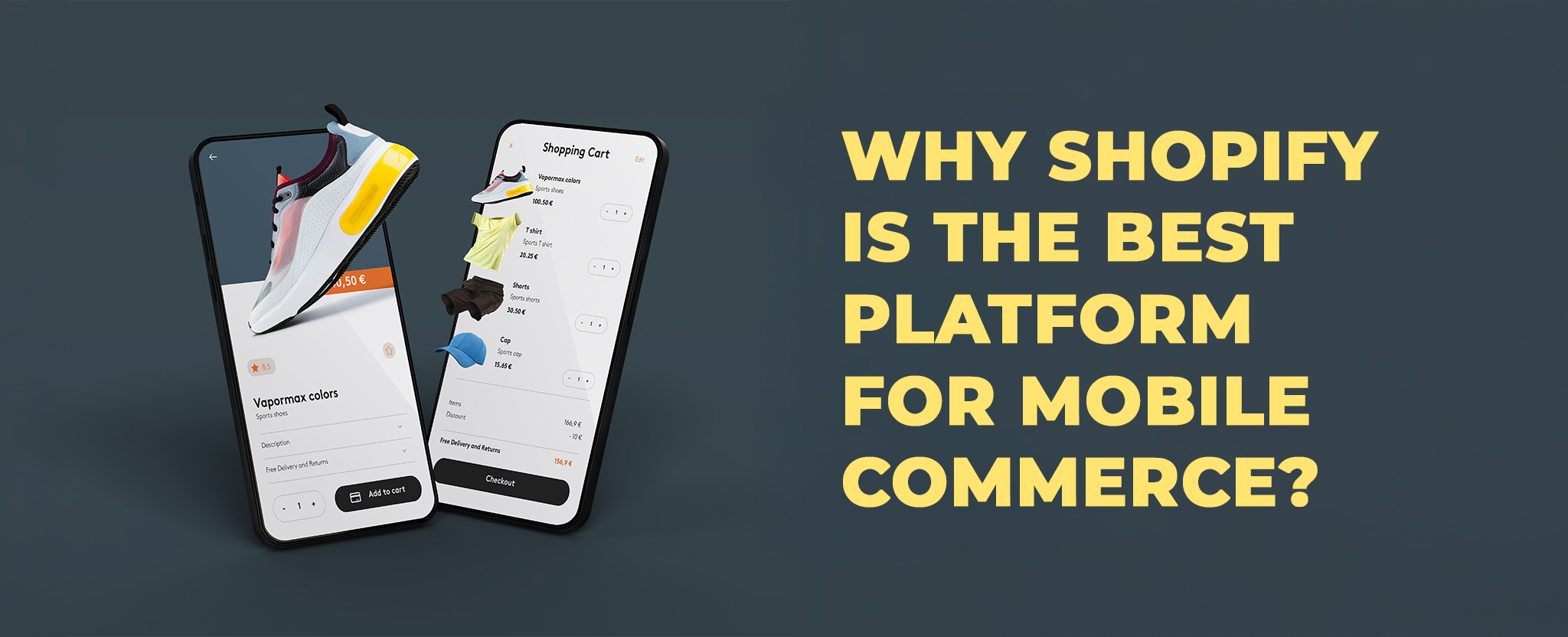
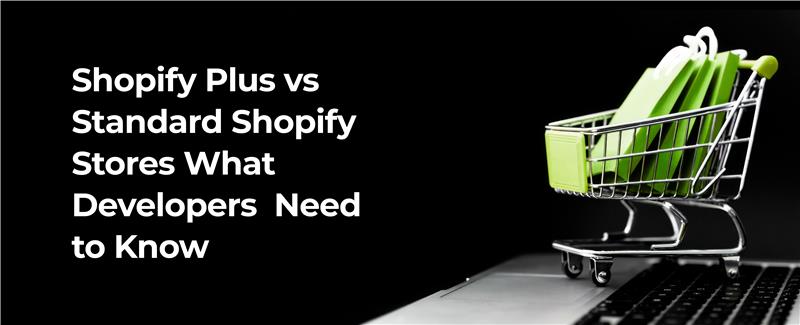
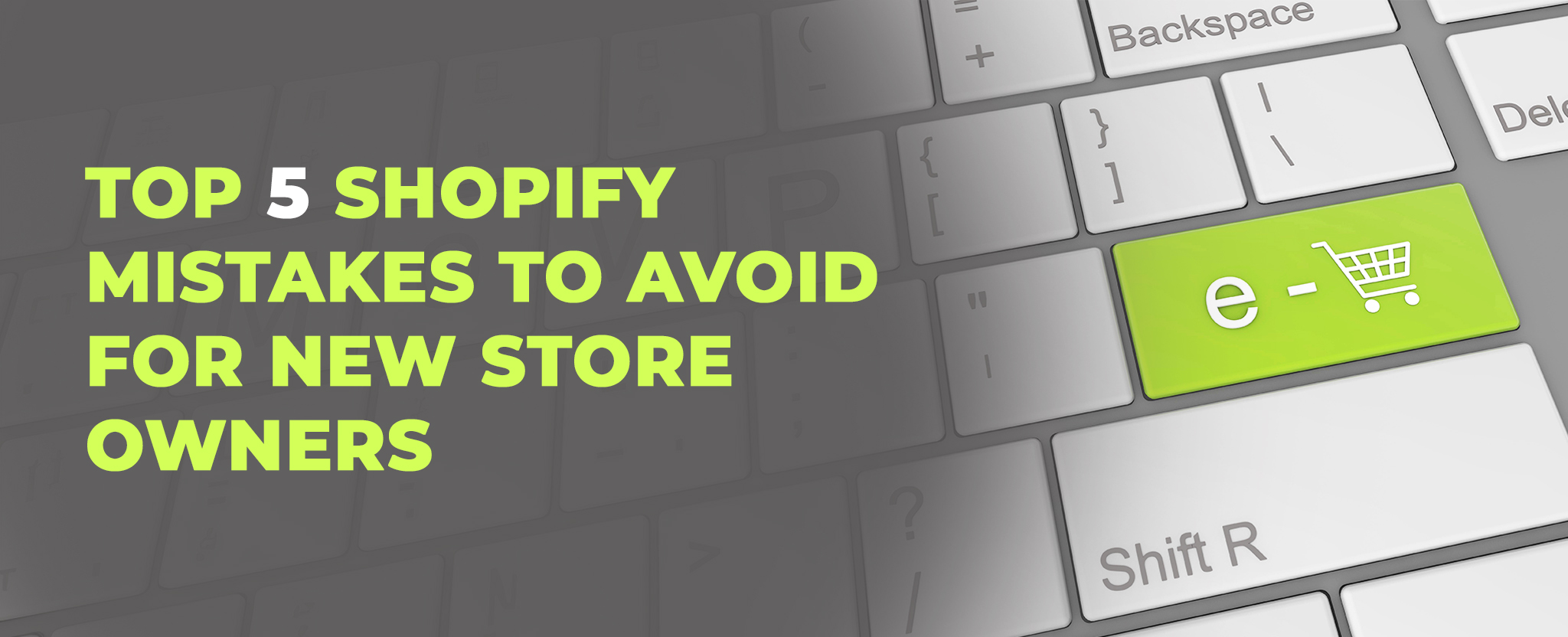






Comments